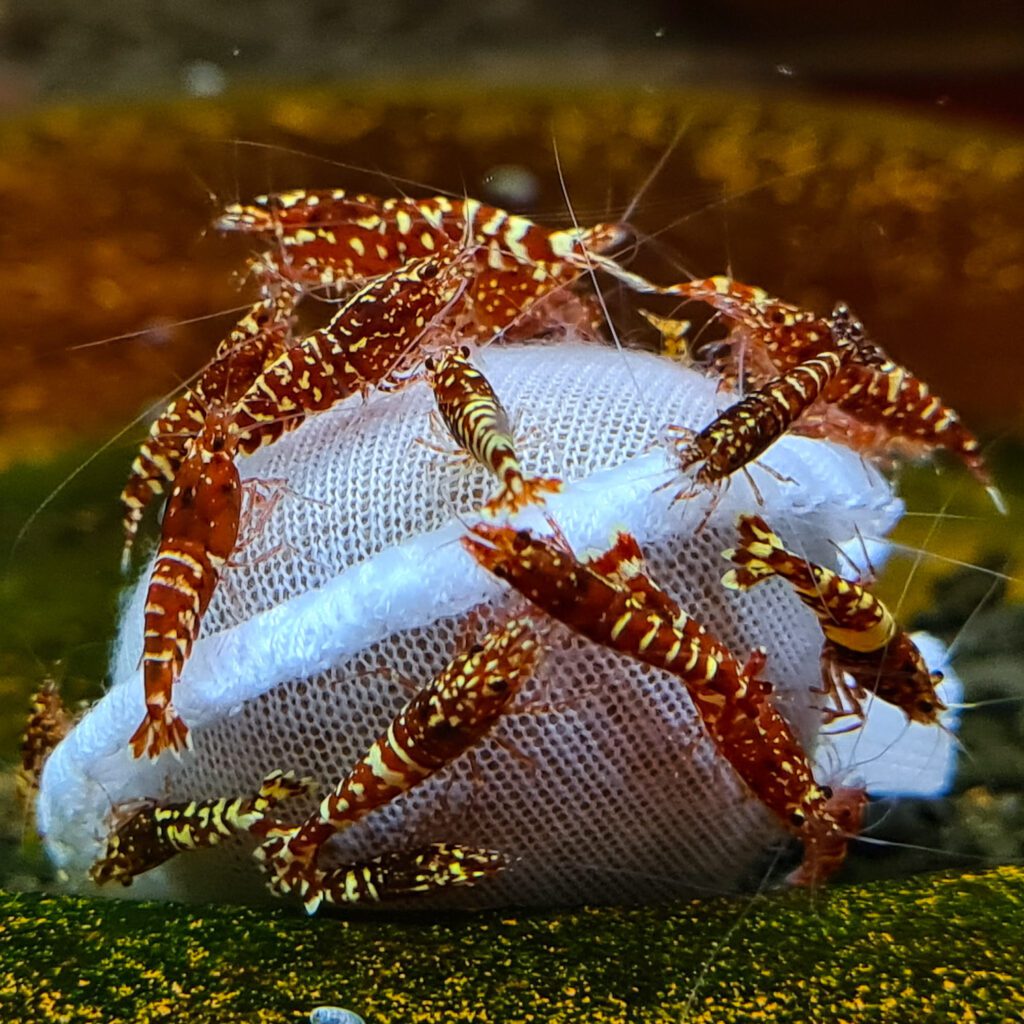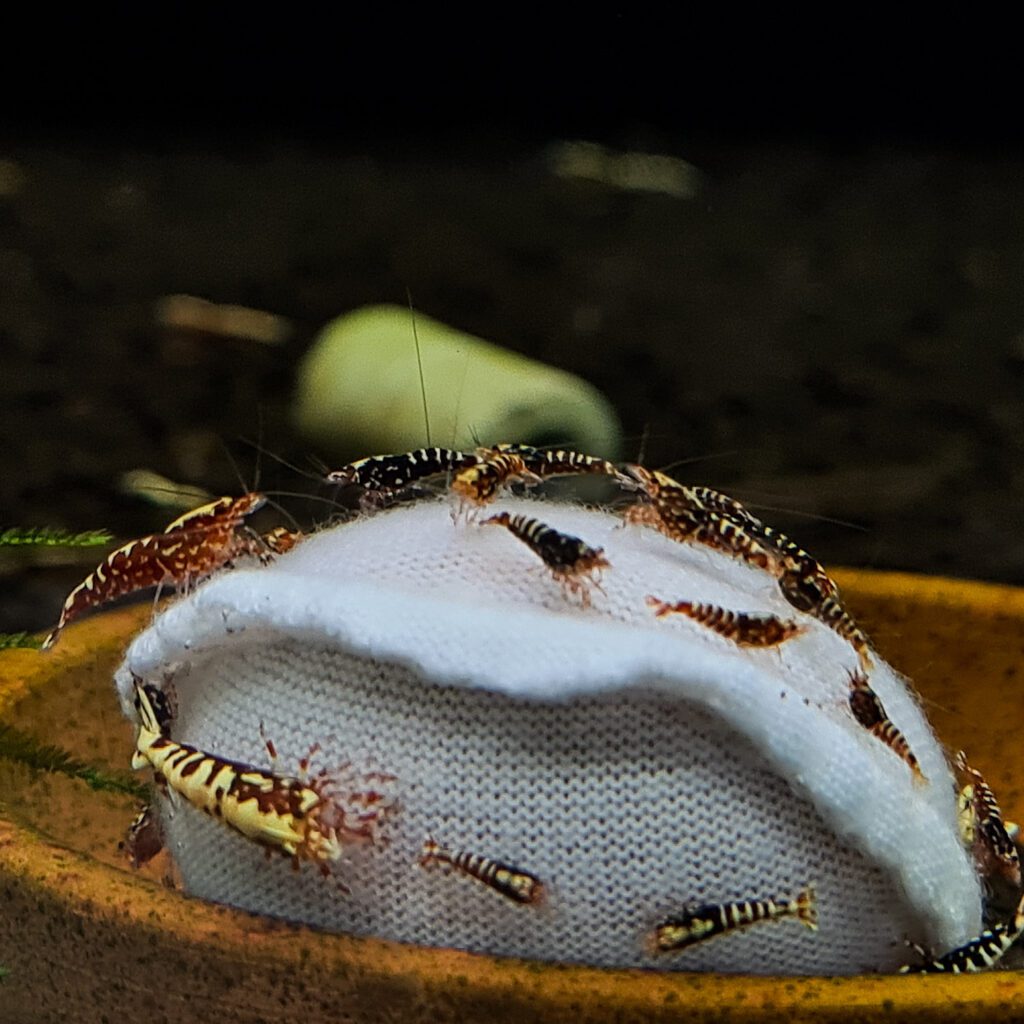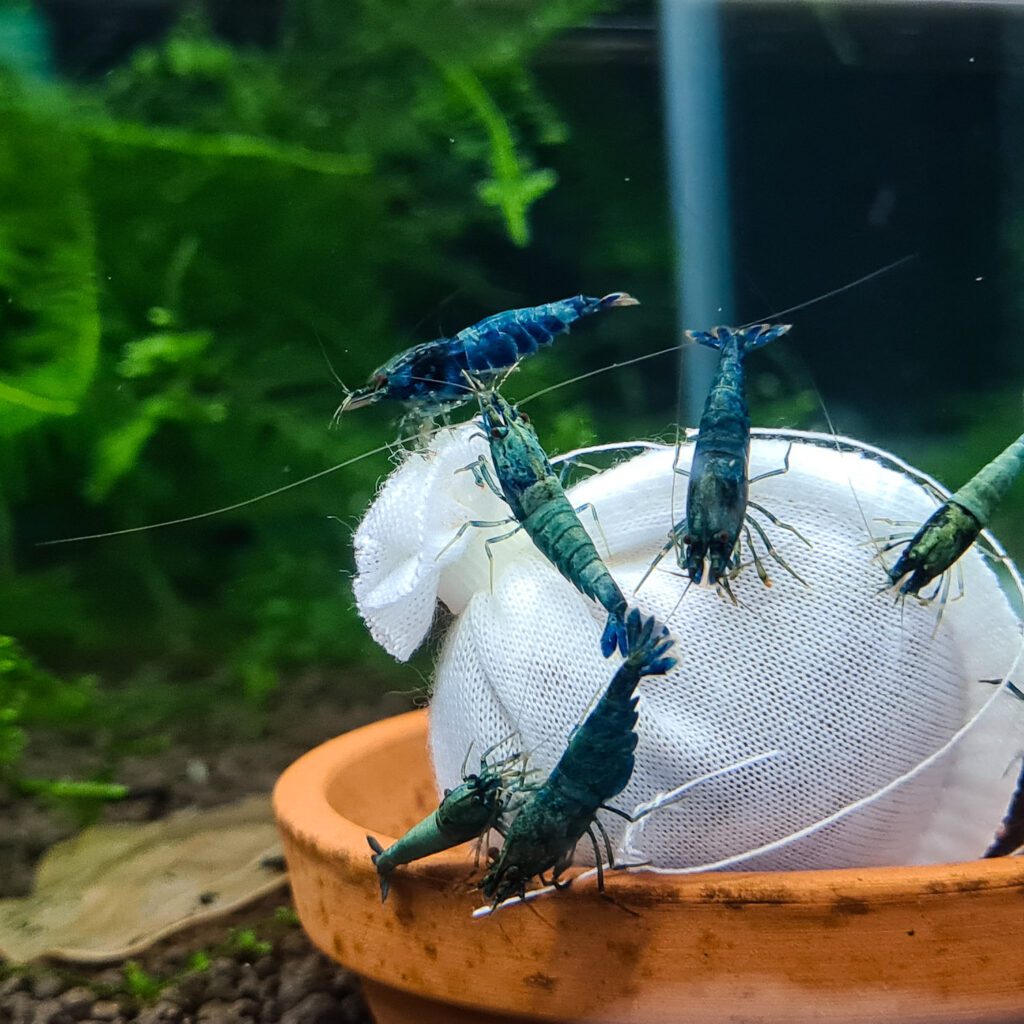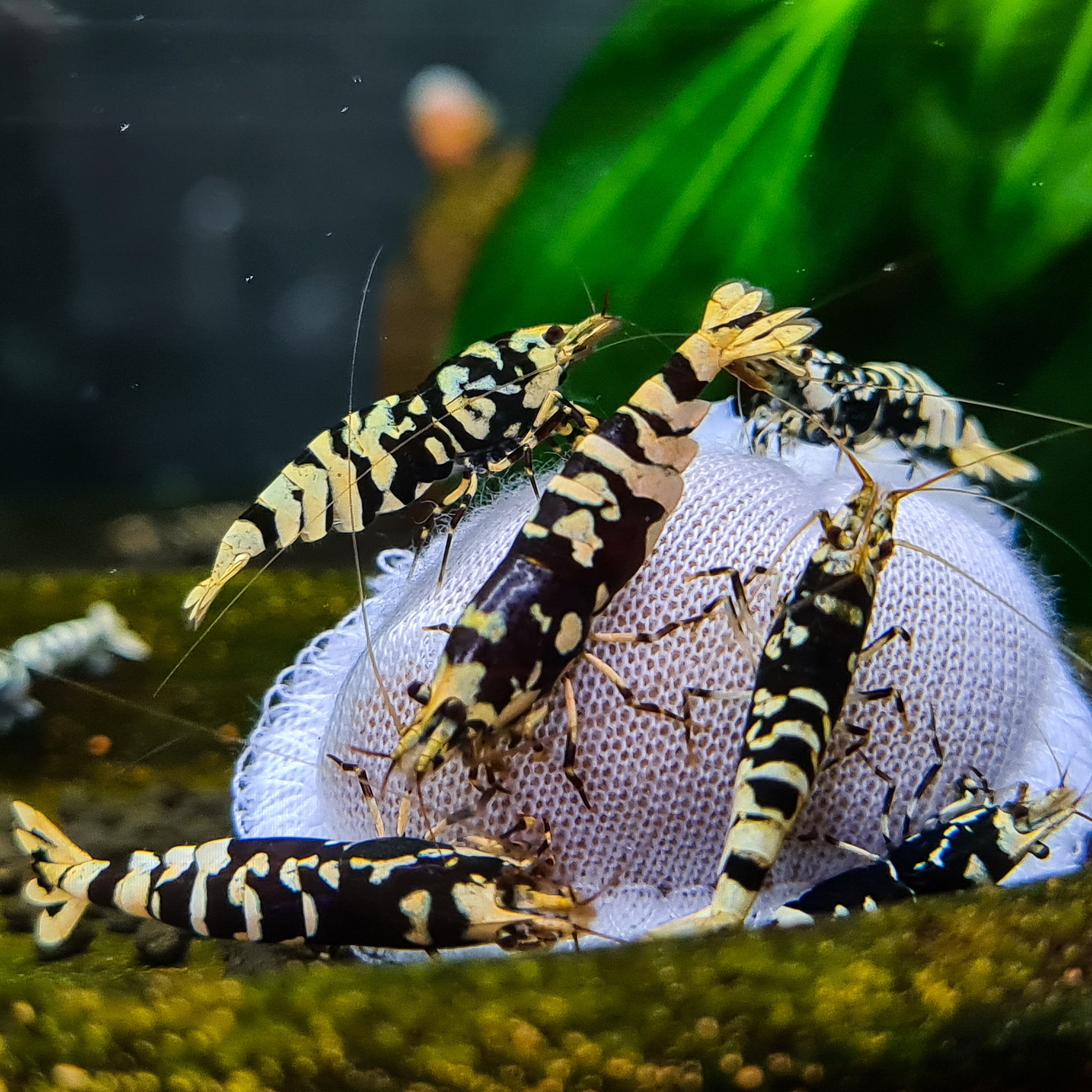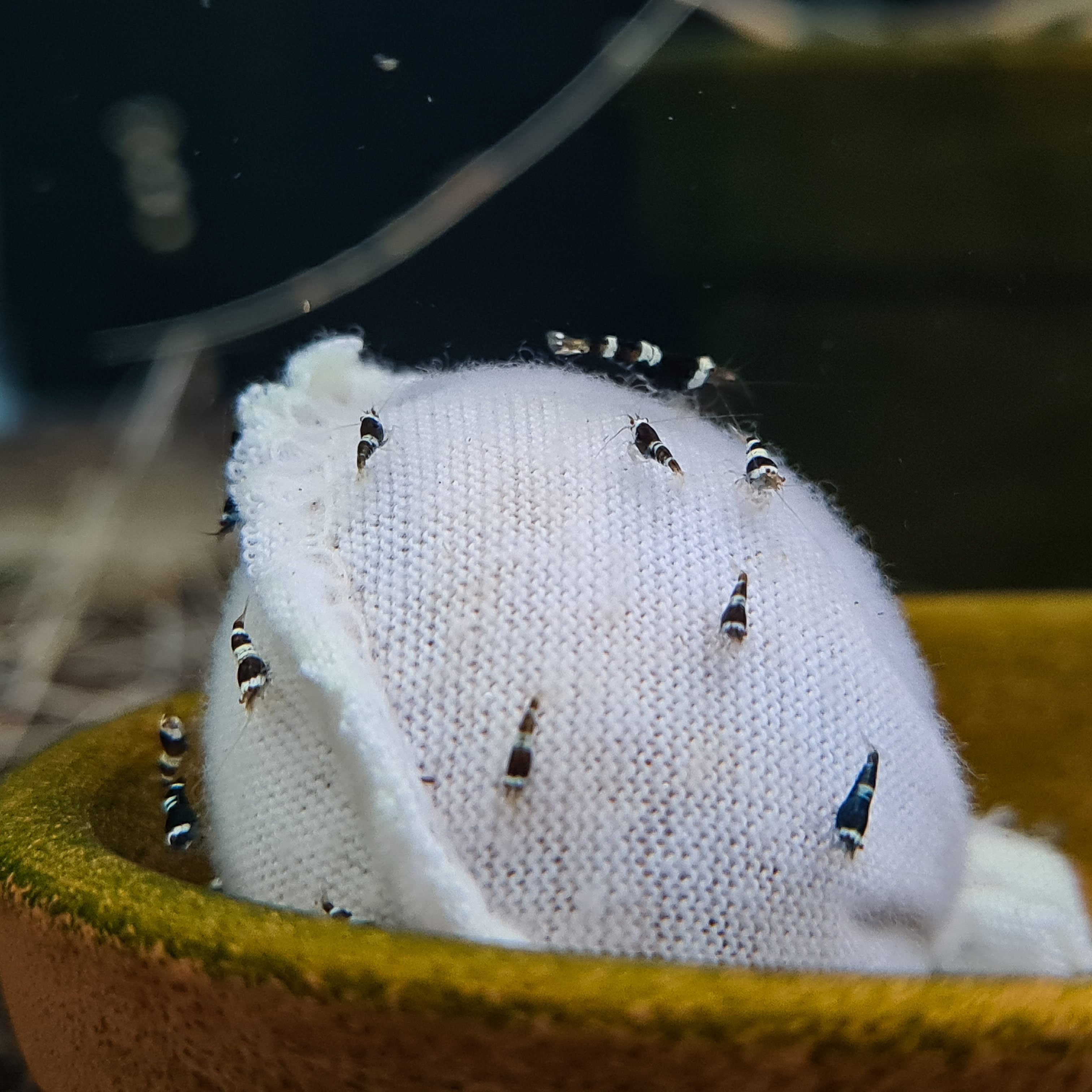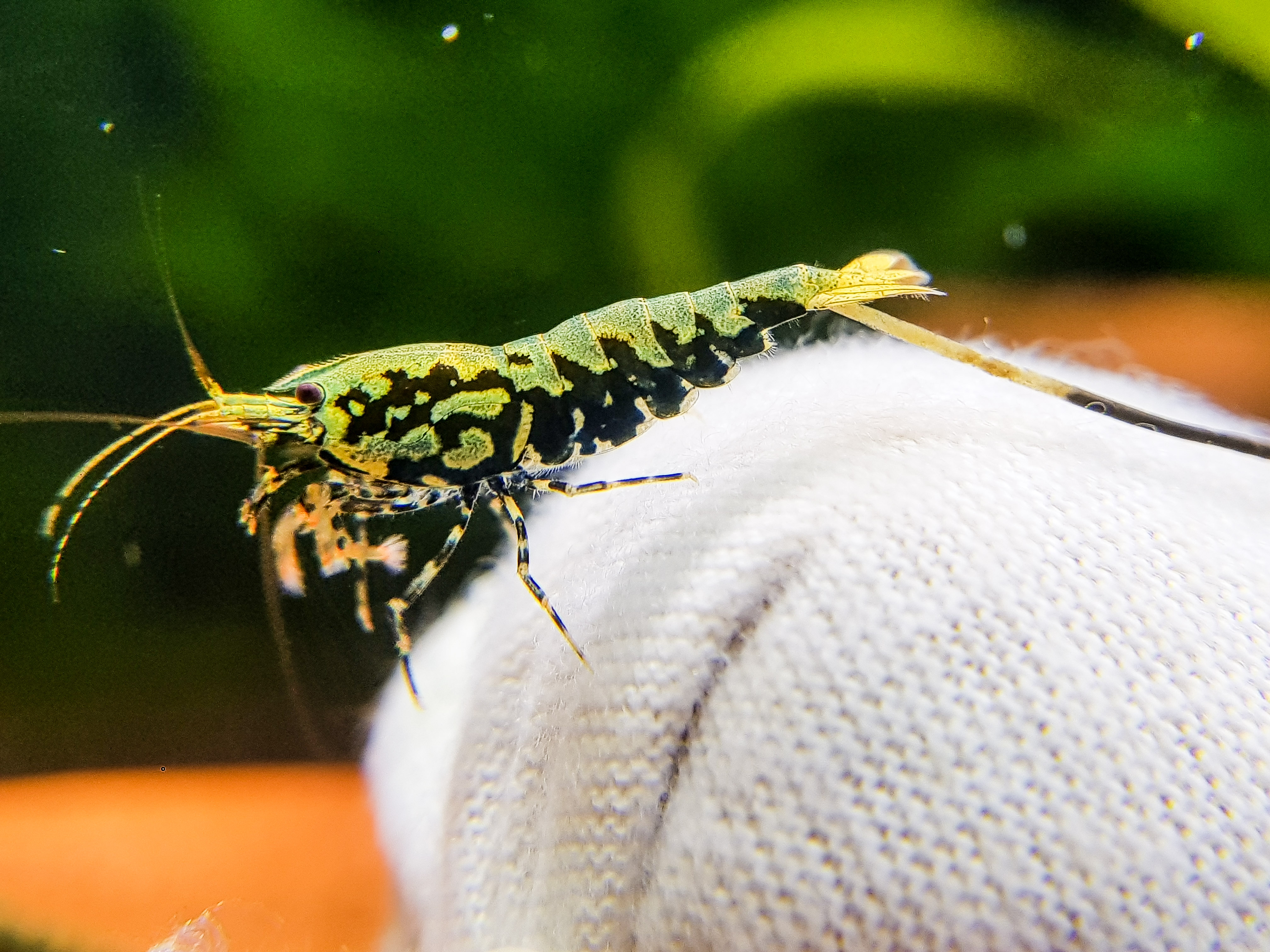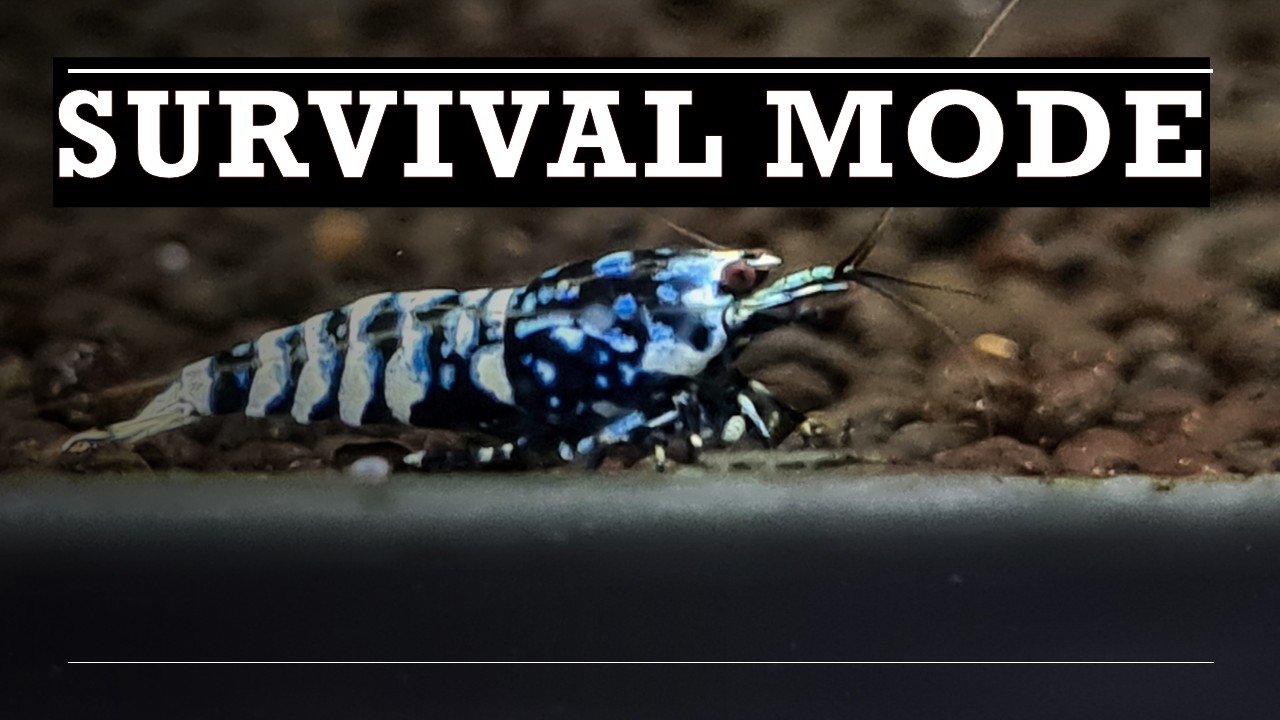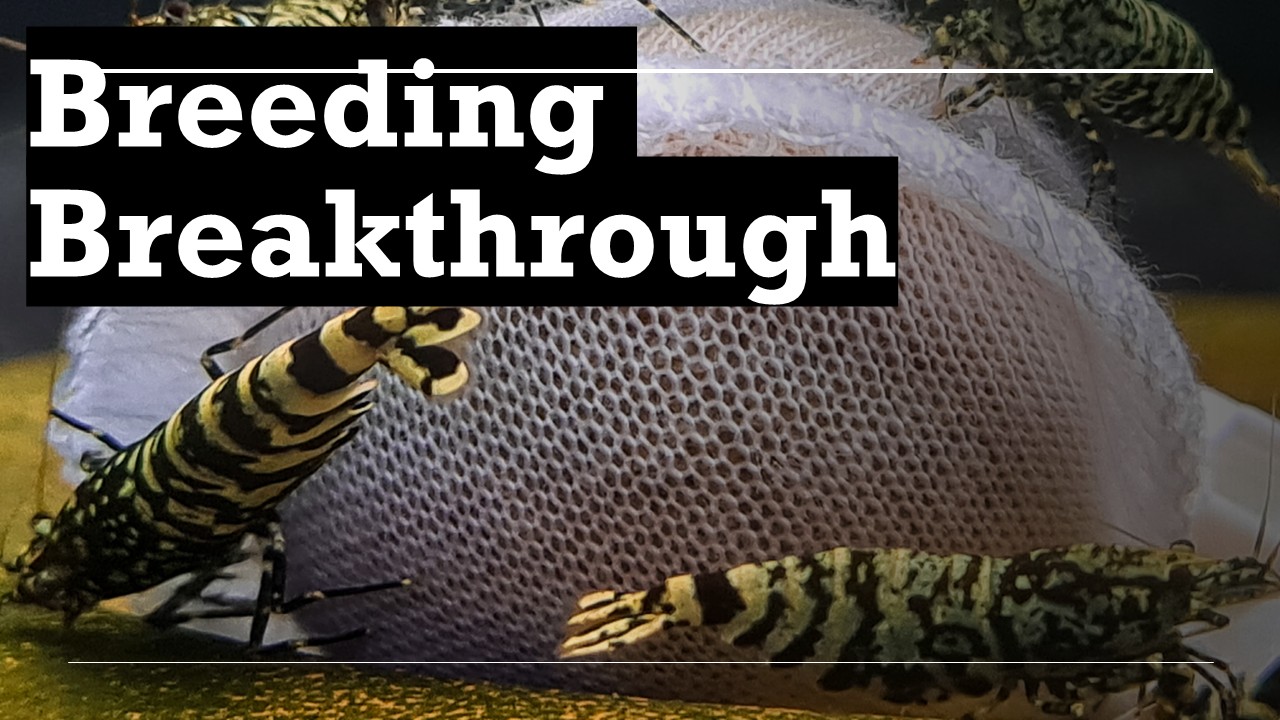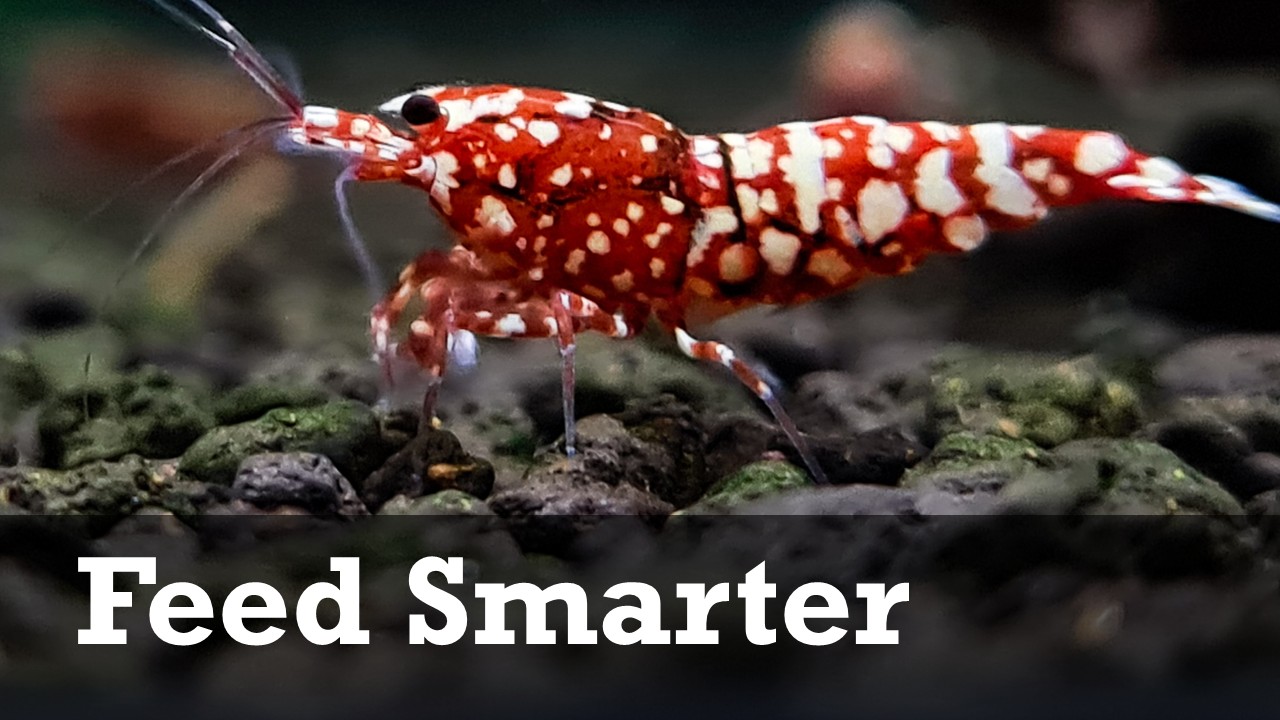
Intro
Maintaining a healthy shrimp tank requires careful consideration of your shrimp’s grazing habits. Shrimps are constant grazers, and having sufficient biofilm and grazing material is essential for their well-being. Biofilm provides necessary nutrition, and if there’s insufficient grazing material, shrimp may begin preying on each other. To avoid this and ensure your shrimp thrive, especially when you’re not around, Lubao and Kallax balls are the perfect solution. This guide explains how to use them effectively, enhance shrimp breeding, and keep your aquarium healthy even during periods of absence.
Why Should You Use Lubao and Kallax Balls for Your Shrimp Tank?
Shrimps need a continuous supply of grazing material to stay healthy. They are active 24/7 grazers, constantly consuming biofilm from surfaces within the tank. If your tank is too small or doesn’t have enough surface area for the biofilm to grow, you risk your shrimp going without food, which can lead to cannibalism.
This is especially problematic if you’re trying to breed shrimp or maintain a high-quality selection process, as the shrimp may begin feeding on each other. By using Lubao and Kallax balls, you ensure a steady supply of grazing material, which not only prevents cannibalism but also increases the chances of breeding success.
How to Use Lubao and Kallax Balls: A Detailed Guide
Preparation Before Use:
- Soak the ball in reverse osmosis (RO) water for 3-6 days.
- Change the soaking water daily to ensure proper soaking.
- After soaking, discard the water—never pour it back into your tank.
- Place the ball in the tank, preferably in a designated feeding dish.
- Use only one ball per tank.
General Guidelines for Using the Balls:
- Tanks of 30L and above: You can use 2x Kallax ball
- Tanks of 30L and below: Use the Kallax ball. For tanks with more than 20 shrimps
- Tanks with less than 20 shrimps: If you wish to use a ball, the Kallax ball is more suitable but soak it 5-6 days.
- Heavily Planted Tanks: There’s no need to use the ball, as plants can provide enough grazing material.
- When Going on Vacation: Use the Lubao or Kallax ball to provide additional grazing material, alongside other sources like leaves and moss. The ball does not replace food—resume your regular feeding schedule upon return.
During Use:
- If you have many shrimp: You may not see significant biofilm growth because the shrimp will consume it quickly. This indicates the ball is working well.
- If you have fewer shrimp: You will observe a substantial amount of biofilm. If there’s too much, it may be time to switch to a Kallax ball.
Replacing the Ball:
- When it’s time for a replacement: Use a net to remove the ball quickly and seal it in a bag to avoid unpleasant odors.
- After removal: Discard the ball and place a new one in the tank. Ensure it has been soaked for 3-6 days before use.
Signs You Need to Remove the Ball:
- Cloudy Water: If the water becomes cloudy, remove the ball immediately. Cloudiness is a sign of a bacteria bloom, which occurs due to the release of ammonia during the fermenting process. A well-cycled tank with beneficial bacteria will convert the ammonia into nitrites and nitrates, but if the water becomes too cloudy, remove the ball and allow the tank to stabilize before adding a new one.
- After Clear Water: Once the water clears up, you can place a freshly soaked ball back into the tank. If you were using a Lubao ball, you may switch to a Kallax ball at this stage.
Conclusion
Using Lubao and Kallax balls in your shrimp tank can greatly improve the overall health and stability of your aquarium. These balls provide essential grazing material, prevent shrimp from resorting to cannibalism, and increase the chances of successful breeding. By following the guidelines for preparation, use, and replacement, you can ensure that your shrimp continue to thrive, even when you’re away.
